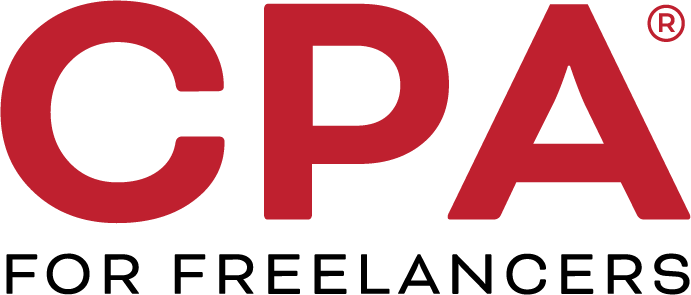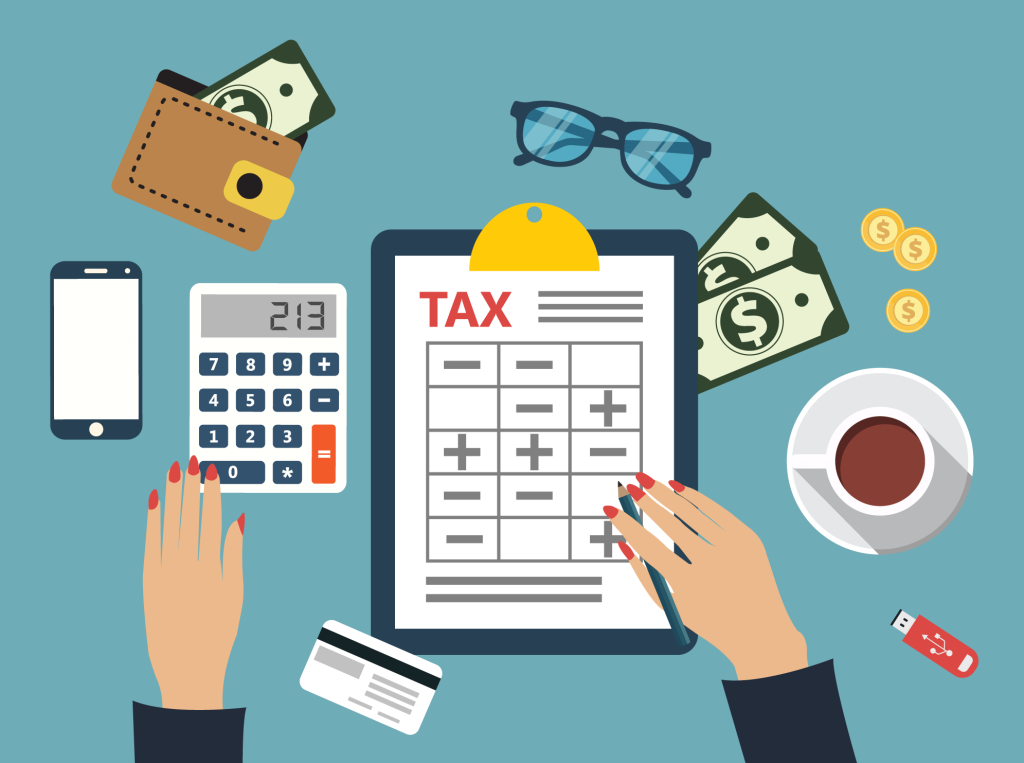If you are a freelancer who travels for work or who hires subcontractors to travel on your behalf, then you are likely already aware how time-consuming keeping track of travel expenses for tax purposes can be. Getting a handle on your freelance travel expenses doesn’t have to be complex, but it does require discipline to keep accurate records of the categories of expenses you need to track: transportation, lodging, meals and incidental expenses.
There are two ways to approach freelance travel expenses from a tax perspective:
1) You can track each individual expenditure, keeping in mind that lodging and round-trip travel are 100 percent deductible and that meals while traveling for work are only 50 percent deductible.
2) You can skip the manual tracking of each expense and use a per-diem rate for lodging, meals, and incidental expenses. This method is more streamlined, and it can also help you budget for these expenses more easily. If you are paying for the travel expenses of subcontractors, it also helps you cap your potential expenses because they will have to pay the difference if they exceed your established per diem allowance. On the flipside, if they spend less than your per diem, they will keep the difference.
The first method is the traditional itemized deduction approach which requires receipts for every expense and to-the-penny recordkeeping of each category of your travel expenses. This can become tedious due to the significant amount of time and commitment needed to collect receipts and track expenses using software or a tax professional.
If you choose the second option, the per diem method, you will in theory, spend less time recordkeeping as long as your per-diem rate does not exceed the per-diem rate established by the federal government for its employees traveling to the same destination.
To keep per diem payments free of income and payroll tax obligations each expense must have a record of its date, place, and purpose. With this proof, you can deduct 100 percent of lodging per diems and 50 percent of meal per diems. You will, of course, also need a copy of the federal government’s per-diem reimbursement schedule for each locality that you or your subcontractor travel to for the current tax year. If you want to simplify things even further, you can choose to set your per diems based on general “low cost” or “high cost” travel destination amounts for the lower 48 states as set by the United States General Services Administration or international destinations set by the U.S. Department of State. These amounts do change from time to time so be sure to check the rates before setting your per diems.
Regardless of which method you choose, every expense must be tied to a legitimate business purpose. Lodging and travel for example, must be necessary for a meeting or other business purpose. The same is true for meals and incidental expenses such as road tolls, taxi or ridesharing fares, parking, and food or beverages other than those consumed at main meals. Also, remember that if a spouse, dependent, or other person goes with you (or your employee) on a trip for business with you, their expenses cannot be included in those you are deducting.


